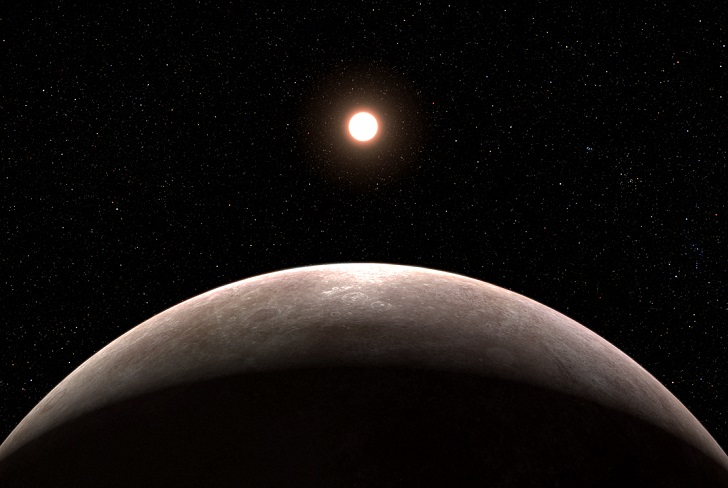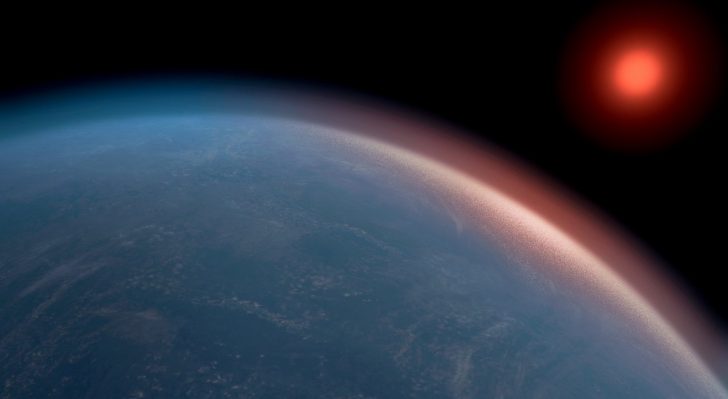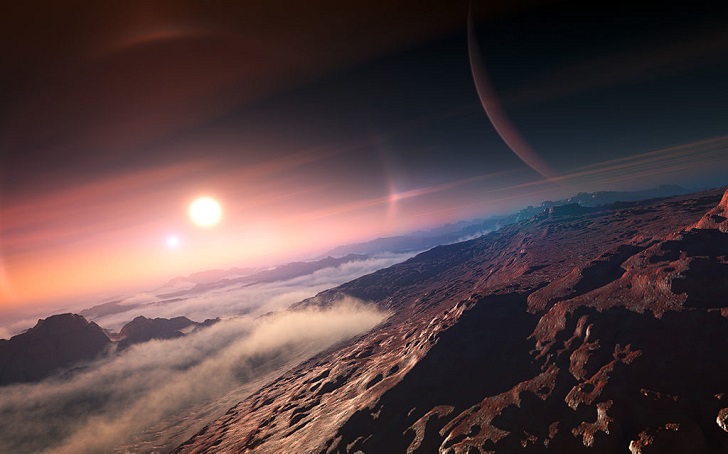In recent decades, astronomers have made groundbreaking discoveries that have expanded our understanding of the universe. One such discovery is the existence of exoplanets, which are planets located outside our solar system. These distant worlds have captivated scientists and the public alike, raising intriguing questions about the possibility of extraterrestrial life and the diversity of planetary systems.

NASA/ ESA /CSA /Leah Hustak/ STScI | Exoplanets are formed up in space when smaller objects merge to form a single object
Characteristics of Exoplanets
Exoplanets, also known as extrasolar planets, are similar to planets in our solar system, but they orbit stars other than the Sun. They come in various sizes, compositions, and orbits and can be classified into different categories based on their characteristics.
One of the primary classifications is based on the size of the exoplanet. Super-Earths are rocky planets larger than Earth but smaller than gas giants like Jupiter. On the other hand, gas giants are massive planets predominantly composed of hydrogen and helium, similar to Jupiter and Saturn in our solar system. There are also mini-Neptunes, which are smaller gas planets with thicker atmospheres.
Another classification system is based on the distance between the exoplanet and its host star. Hot Jupiters are large gas giants that orbit very close to their star, resulting in scorching surface temperatures. Ice giants, like Uranus and Neptune, are similar in composition but are located farther from their stars. Terrestrial planets, such as Earth and Mars, are rocky planets that orbit within the habitable zone, where conditions might be conducive to the presence of liquid water.

Amanda Smith/ University of Cambridge | The first possible evidence of an exoplanet was noted in 1917
Detection Methods
Detecting exoplanets is challenging due to their immense distances from Earth and the overwhelming brightness of their host stars. Astronomers have developed various techniques to identify and study these distant worlds.
The most successful detection method to date is the transit method. This involves observing a star's slight dip in brightness when an exoplanet passes in front of it. By carefully monitoring brightness changes, scientists can infer the presence of an exoplanet and gather information about its size, orbit, and other properties. The Kepler mission, launched by NASA in 2009, has been particularly instrumental in discovering thousands of exoplanets using the transit method.
They can also be detected with the help of radial velocity method, which relies on the gravitational tug exerted by an exoplanet on its host star. As a planet orbits, it causes the star to wobble slightly due to its gravitational interaction. By measuring the tiny shifts in the star's spectrum, astronomers can deduce the presence and characteristics of an exoplanet.
Additional methods include direct imaging, which involves capturing actual images of exoplanets using advanced telescopes, and the microlensing technique, which takes advantage of the gravitational lensing effect caused by a star passing in front of another. These methods and others have contributed to the growing catalog of known exoplanets.

Sciworthy/ Getty Images | More than 5,000 exoplanets have been found to date
Significance of Exoplanet Discoveries
The discovery of exoplanets has revolutionized our understanding of the universe and our place in it. It has been proved that planets are common throughout the cosmos and are not limited to our solar system. The number of exoplanets discovered, estimated to be in the billions in our Milky Way galaxy alone, hints at the likelihood of other habitable worlds and the potential for extraterrestrial life.
Exoplanet studies also shed light on the formation and evolution of planetary systems. By analyzing exoplanets' composition, atmospheres, and orbital dynamics, scientists can refine theories about how planets are born and how they evolve over time. This knowledge deepens our understanding of our solar system and informs the search for habitable environments beyond Earth.
Furthermore, the field of astrobiology, which explores the possibility of life beyond Earth, benefits greatly from exoplanet discoveries. Identifying potentially habitable exoplanets within the habitable zone of their stars provides targets for future missions and telescopes to study their atmospheres for signs of life-sustaining conditions and biosignatures.





